The Curtiss XP-10 was a biplane fighter aircraft for use by the United States Army Air Corps for a fighter aircraft with high degree of maneuvrability. First flown on 1928, however, it didn't met its required specifications, was underpowered and plagued by engineering problems, especially about the cooling system of the engine led to its cancellation.
Design and development
(copied from Wikipedia and proofread)
The XP-10 was intended to be fast and maneuverable enough to win a dogfight. The XP-10 used a gull wing top wing, joined at the fuselage; this offered much better pilot visibility than the traditional biplane configuration. Coincidentally, this also permitted the wing and fuselage to meet at the optimum angle for minimizing drag. The wings were plywood-covered (rather than doped fabric, as used in World War I), and the fuselage was fabric-covered steel tubing.
The XP-10 used a 600 hp (447 kW) Curtiss V-1570-15 Conqueror water-cooled V12 engine. To overcome the drag of a radiator (a quite serious issue before the introduction of ethylene glycol), Curtiss incorporated it into the upper wing. It was formed of corrugated brass sheets through which cooling water was run. While ingenious, this introduced technical and mechanical problems, especially vulnerability to enemy fire in a combat aircraft.
In-game
The XP-10 as built had major three problems:
1. The wingspan (9.7 m) was shorter than the real wingspan (10 m), 0.3 meters short.
2. The length was about .1 meter longer (7.2 m) from the original specification (7.1 m)
3. The sides of the windshield are not detailed as seen from the blueprint.
Operational service
Delivered to the Army Air Corps in August 1928, the XP-10 first flew in September. Despite excellent manoeuvrability, with the XP-10 proving superior to the Curtiss Hawk in testing [n 1], persistent problems with cooling and the plumbing of the surface radiator led to the XP-10 being abandoned.
Specifications (in-game)
Length: 7.2 m
Wingspan: 9.7 m
Height: 3.1 m
Engine: Curtiss Conqueror, 600 hp.
Propellers: 2-bladed fixed pitch
Maximum speed: 316 km/h TAS near sea level
Cruise speed: 260 km/h TAS near sea level
Stall speed: ~95 km/h TAS near sea level
Climb rate: 572.66 meters per minute
Range:
Service ceiling: 8,100 meters
Armament: 2x MG
Gallery

An XP-10 doing an inverted maneuver over the Holy Lyre-class airship Skyward.

The same thing but in front view, taken by a photographer from a Berliner Joyce P-16 who was escorting the airship.

Alright for VR people.
The left lever is the throttle lever, right side is the trim lever, and the pedals are for yaw. Pressing two of them with your feet, especially on the ground, brakes the plane.
Notes
[n 1] There are Curtisses P-1, P-2, P-3, P-5, P-6, all of them bearing the name of 'Hawk'. Based on specifications, the XP-10 is superior than the P-1, P-2, P-3 and P-5 but slightly subpar than the P-6.
Anomalocaris
Specifications
Spotlights
- This craft is curated
- LonelyAustrianUhlan 2.6 years ago
General Characteristics
- Created On Android
- Wingspan 31.7ft (9.7m)
- Length 23.5ft (7.2m)
- Height 10.2ft (3.1m)
- Empty Weight 3,033lbs (1,376kg)
- Loaded Weight 3,976lbs (1,803kg)
Performance
- Horse Power/Weight Ratio 0.15
- Wing Loading 10.2lbs/ft2 (49.9kg/m2)
- Wing Area 389.3ft2 (36.2m2)
- Drag Points 2318
Parts
- Number of Parts 393
- Control Surfaces 0
- Performance Cost 1,238

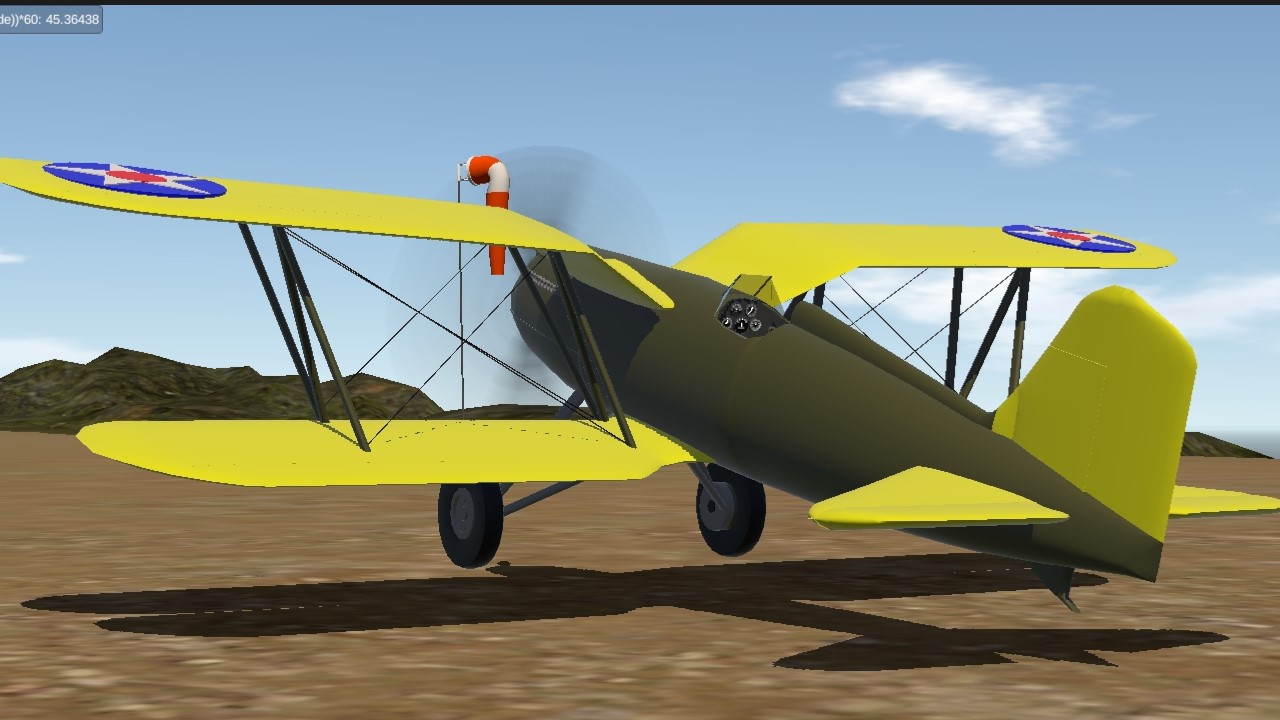
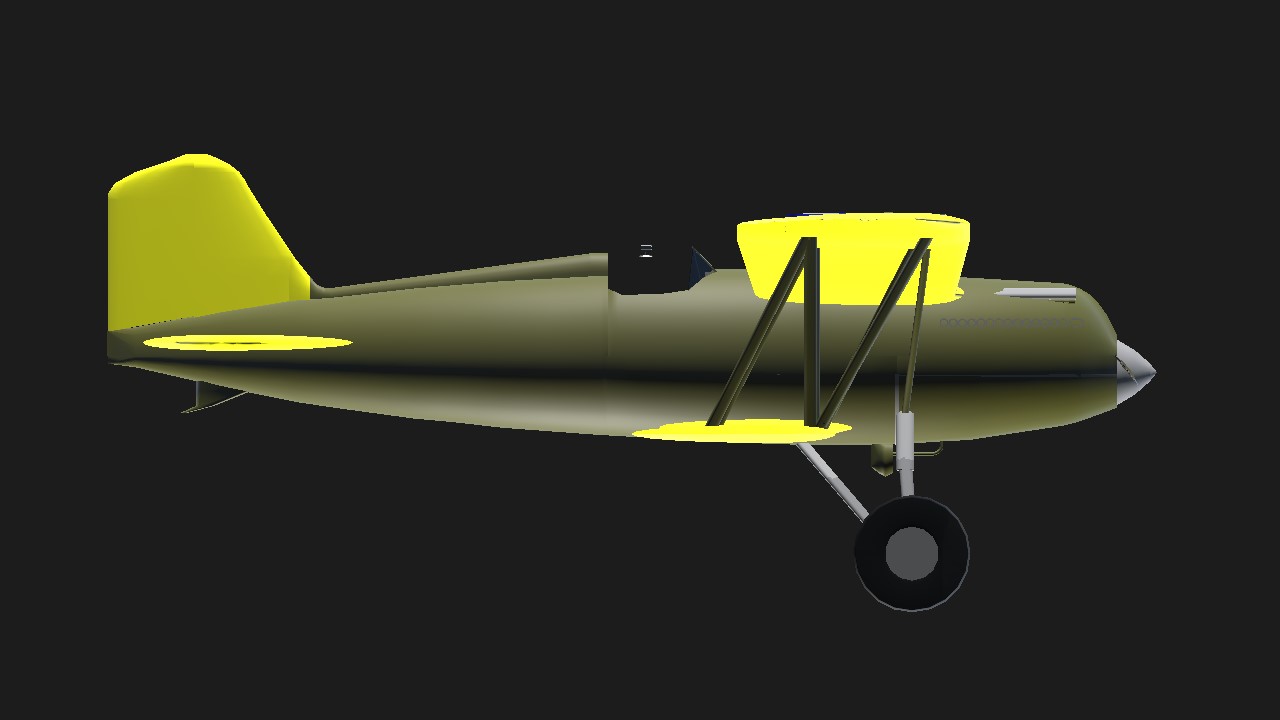
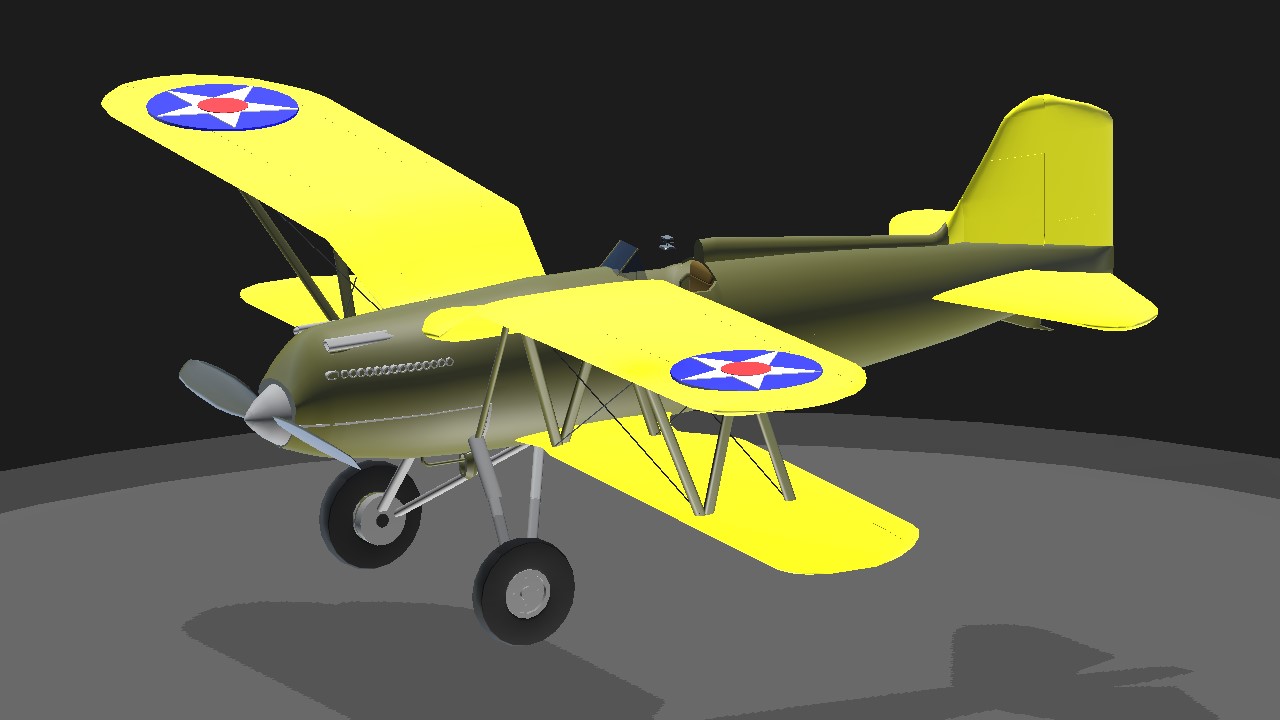

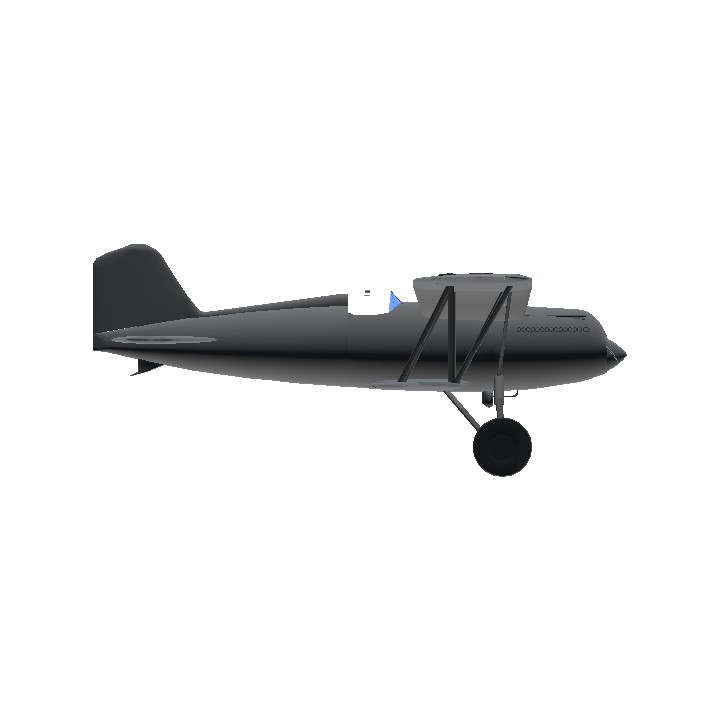
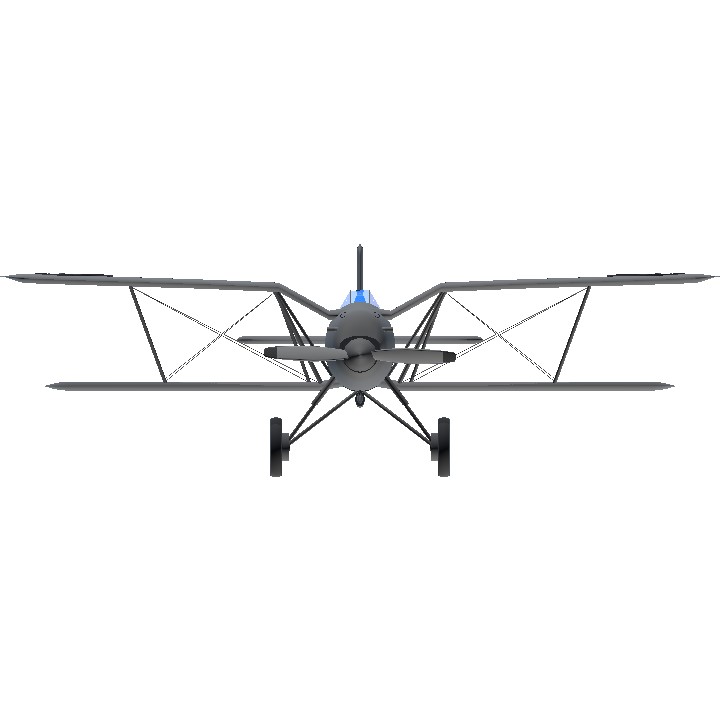
@AnOmalOcaris I don’t have ones for the 18 and 19 because they didn’t exist
You wouldn’t happen to have a navy blue hardcover book with every fighter in numerical order would you lol
@AnOmalOcaris nice nice
@asteroidbook345
Announcement
Curtisses XP-18 and XP-19 will be skipped, adding NAA YF-93 and Lockheed F-94 in the process.
@asteroidbook345 (late reply)
You can send me their drawings if you can.
(I'm busy building another aircraft)
Nc
Adding a VR/cockpit tag since it has a cockpit
@asteroidbook345 When a picture of those two exists, I'll build them—
@AnOmalOcaris I have no clue if it’s even around anymore, it was my grandpa’s and he gave it to me
@asteroidbook345 mhm
progress hampers due to library being far away (school library exists) so depends on online references
(sorry for off topic, should have been chatted in private)
@AnOmalOcaris yeah it’s a little weird. The book is called US Fighters btw
@asteroidbook345 And yeah
I'm finding an online reference for these two mystery planes
And i don't have that 'hardback book thing' (sorry if off-topic)
@asteroidbook345 And I'm starting to visualise it by mind (even just only the side view)
@AnOmalOcaris yeah the XP-19 was a low wing monoplane but nothing else was really determined, not even dimensions
@asteroidbook345
Maybe to the forums I think (thanks)
All I know is
XP-18 — fighter biplane, Wright V-1560
XP-19 — fighter monoplane, Wright V-1560
wait my chatting area shrank
Oh actually I don’t there were just intended configurations
@AnOmalOcaris I do actually have blueprints for those two
@asteroidbook345 Except for the Curtisses XP-18 and XP-19
@AnOmalOcaris oh boy I have a full book of everything from P-1 to F-111 and then FJ-1 to YF-17. It’s pretty old but it’s kinda cool because it’s got blueprints for a lot of experimental aircraft
@asteroidbook345 Paperback notebooks only good for side view schematics
and there's 25 of them